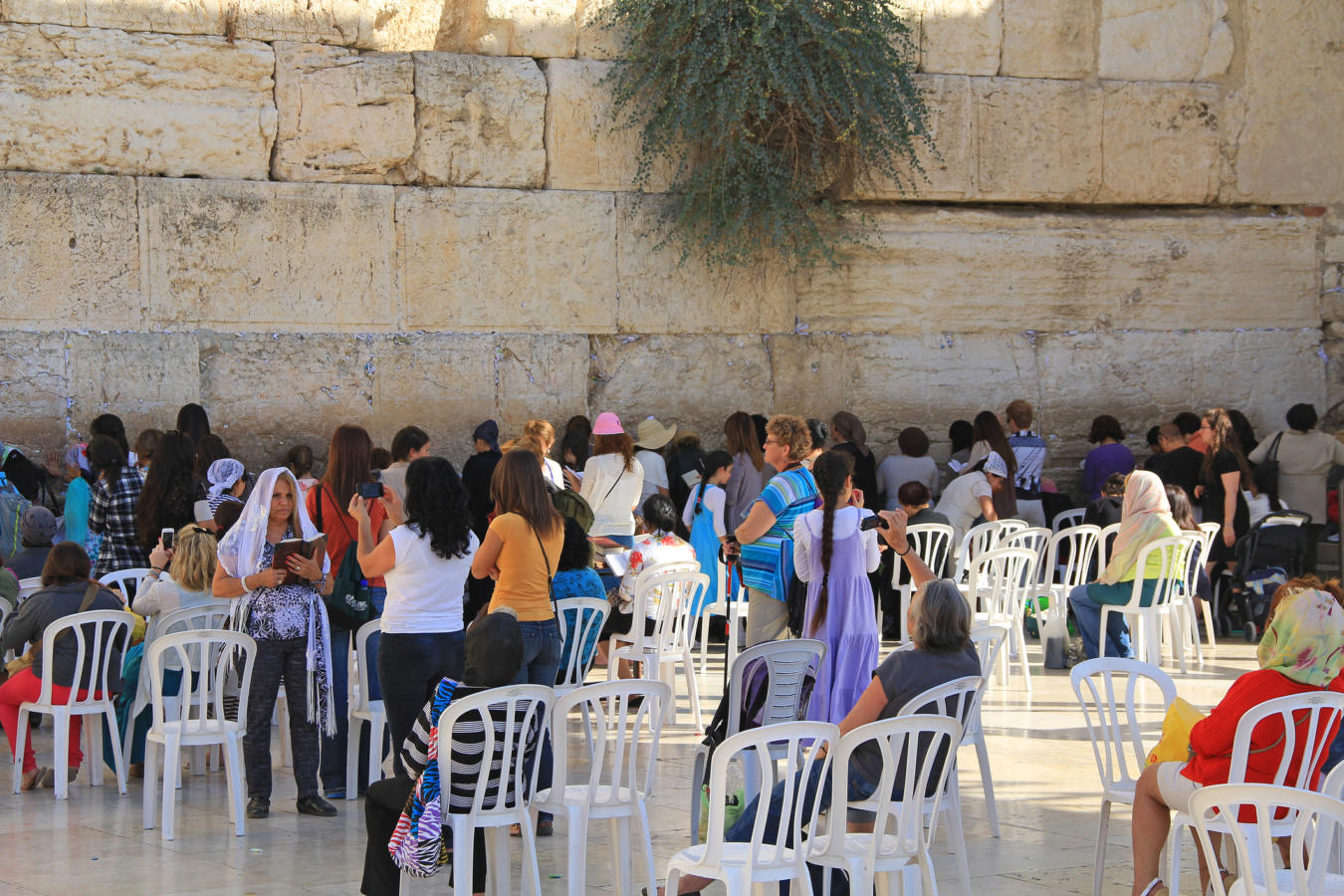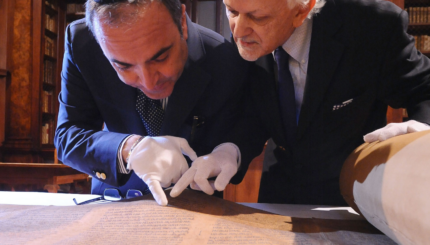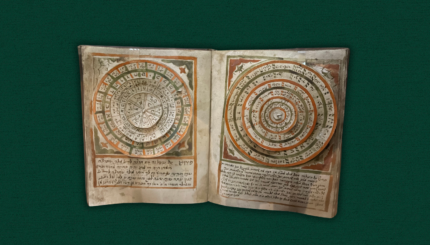Question: I’ve just started going to a new synagogue, and the service is different from what I’m used to. Specifically, they stand and sit at different times than what we did at my last synagogue. At some times, some people sit and others stand. Why the differences, and how do I know when to sit or stand?
–Megan, Raleigh
Answer: In many communities, the rabbi or the president of the congregation gives people a prompt — “Please rise” –so they know when to stand up, and a “You may be seated” when it’s OK to sit down. But some communities find these interjections disruptive or unnecessary and do without them. It sounds like your new is in the latter category.
So, what’s with all the up and down? In Jewish prayer, as in life, standing for something symbolizes a greater level of respect. Just as people stand to greet visiting dignitaries or the president, we stand during some prayers to indicate a greater level of respect and intention. The centerpiece of any Jewish prayer service is the Amidah, a prayer whose very name means “standing.” So, of course we stand during the standing prayer.

Help us keep Jewish knowledge accessible to millions of people around the world.
Your donation to My Jewish Learning fuels endless journeys of Jewish discovery. With your help, My Jewish Learning can continue to provide nonstop opportunities for learning, connection and growth.
We also stand for Barekhu, Aleinu, Hallel, and as a general rule, one should stand any time that the Ark is open. It is customary to stand as the is being paraded to and from the table where it is read, and when it is being held up and wrapped at the end of the Torah service. Mourners stand when they recite Kaddish. In most Orthodox and some Conservative communities the custom is for non-mourners to also stand for the other Kaddishes in the service (half Kaddish, full Kaddish, and rabbis’ Kaddish). Other Conservative communities and Reform communities tend to remain seated for Kaddishes. Some Reform communities stand for the Shema.
Now, what should you do when some people stand for a Kaddish? How do you decide if you’re one of the people who stands? Judaism values the custom of the community. So, if you don’t know what to do, look and see what the majority of the other congregants are doing. In the words of 9th century rabbi Natronia Gaon, “When they stand, stand; and when they sit, sit; and don’t appear different from the entire congregation.” If most are standing, the respectful thing to do is to stand. If most are sitting, take a seat. If it’s relatively evenly divided, do whichever you’d prefer, but be consistent — if you stand for one Kaddish, stand for them all.
Another time when you may notice people standing up, but not all at the same time, is leading up to the Amidah. There are different customs as to when one should get up. The Orthodox custom is to rise at the words Tehilot L’el Elyon. Many Reform temples have the custom of waiting to stand until the word kumah, which means “rise up,” in the paragraph before the Amidah begins. In Conservative communities, you’re likely to see people standing anywhere between the words Tehilot l’el Elyon and tzur yisrael. This is another place where you should follow the crowd if you don’t have a personal custom. At the very latest, you should definitely be standing up when the cantor begins the blessing ga’al yisrael.
I’ve covered just the basic times that you’re likely to see a Jewish community stand up, but there are others — for instance at the end of the Lecha Dodi prayer on Friday night, and during the priestly benediction in the repetition of the Amidah. The general rule of going by what you see the community doing holds in every situation, and if you see a variety of responses within the community, that means you can go either way.
I hope this response was helpful. You may now be seated.



